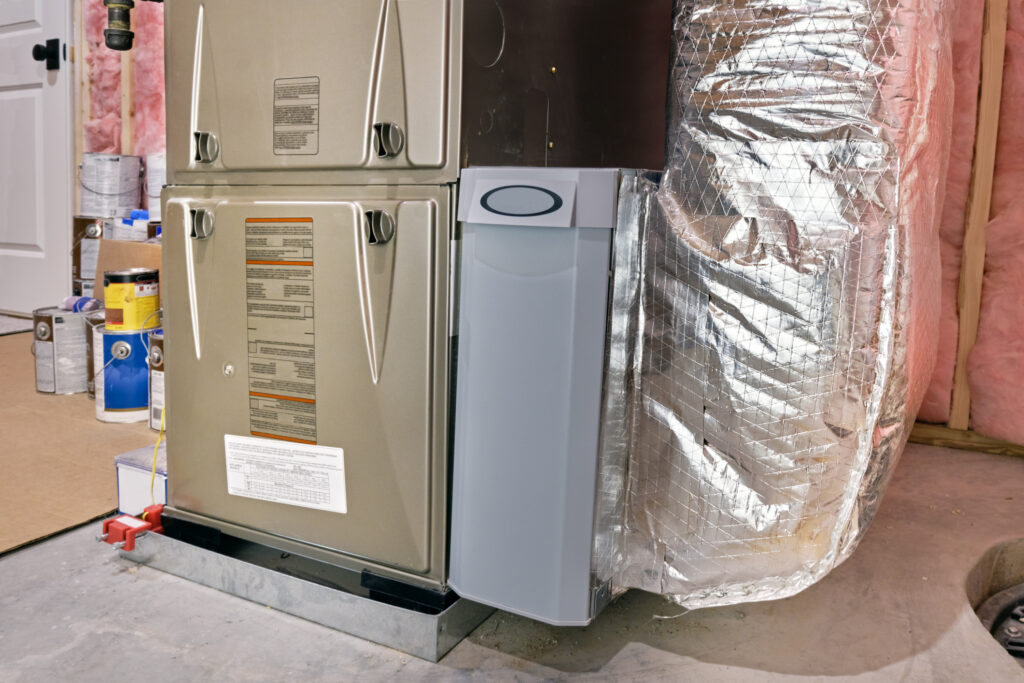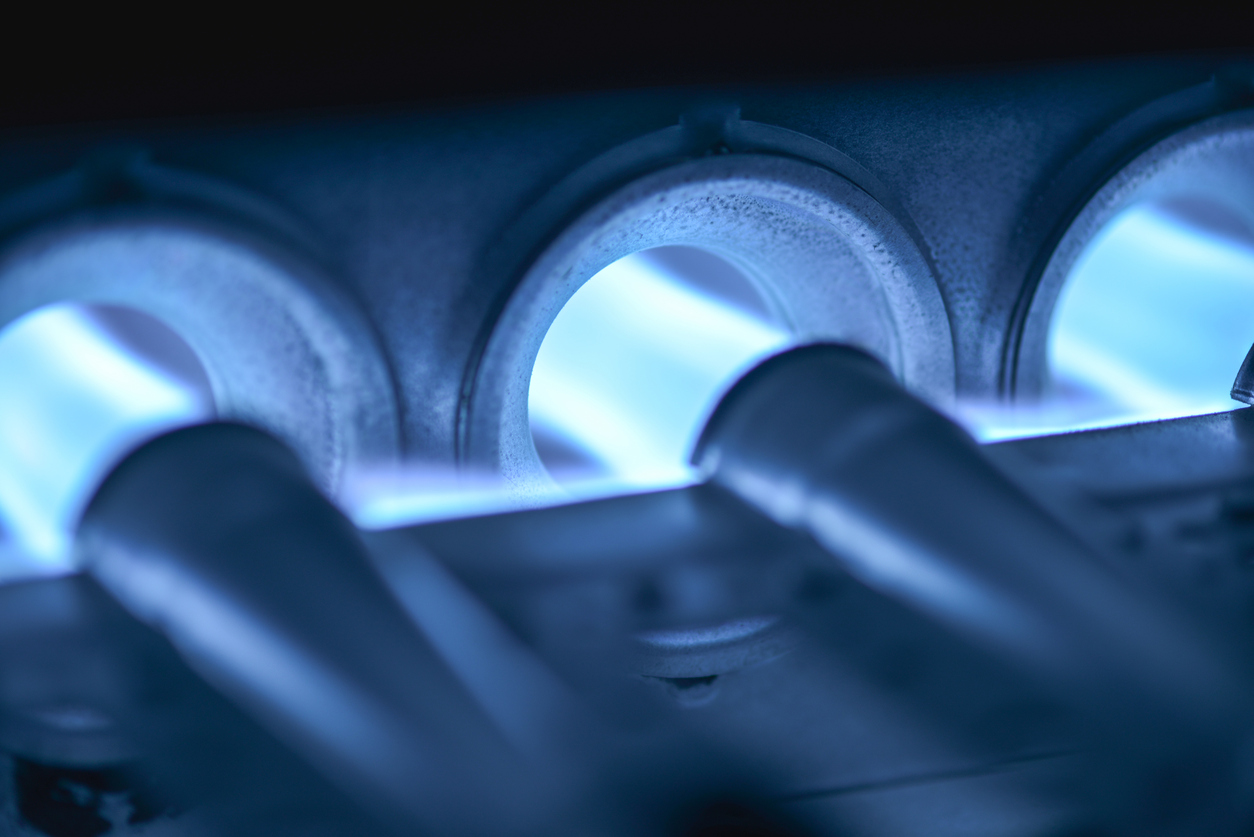When you’re in the market for new or upgraded cooling equipment, efficiency is often a major consideration. High-efficiency air conditioners and heat pumps provide excellent levels of cooling at substantial savings over less efficient models. Two important efficiency ratings to keep in mind are SEER and EER. Equipment with higher SEER and EER ratings can provide outstanding cooling at an economical price.
SEER
SEER stands for seasonal energy efficiency ratio and is a measure of the efficiency of central air conditioners over the varying conditions throughout the cooling season. SEER applies both to central air conditioners and to the cooling functions of heat pump systems. SEER numbers are determined by strict laboratory testing that evaluates the equipment’s function and are calculated by dividing the total cooling output of the equipment (in BTUs) over the entire cooling season by the total amount of electrical energy consumed by the equipment over the same period. The higher the SEER the greater the efficiency.
Older air conditioners that are still in service may have very low SEER numbers. It is no uncommon to find operation units that when new had a SEER rating of 6 or 8.
Since January 2006, the minimum SEER of air conditioners in the United States has been 13. Today, air conditioners with a SEER of 14 or above are considered high-efficiency models and the highest ratings can be 18 and above.
Currently, to meet the requirements for a federal energy tax credit, units need to reach a SEER of 16 to qualify for a credit. There is also a requirement for EER – see below.
EER
EER, or energy efficiency ratio, applies to room air conditioners and central systems alike and indicates how efficiently the unit will produce cooling when outdoor temperatures are at a steady rate, typically 95 degrees.
EER indicates the instantaneous energy efficiency of the system where SEER measures performance over a season and during varying conditions. It’s calculated by dividing the rate of heat energy removal, or cooling capacity, during steady-state temperature periods by the number of watts of energy the system consumes during those periods. As with SEER, higher EER ratings (13.0 or above for central systems are required to qualify for a federal energy tax credit) mean better efficiency levels.
P. K. Wadsworth Heating & Cooling Inc. serves greater Cleveland and the surrounding communities in northeastern Ohio with professional home heating and cooling sales, service, installation and maintenance. Contact us today for more information on SEER and EER ratings and how they apply to your HVAC equipment and home comfort levels.






